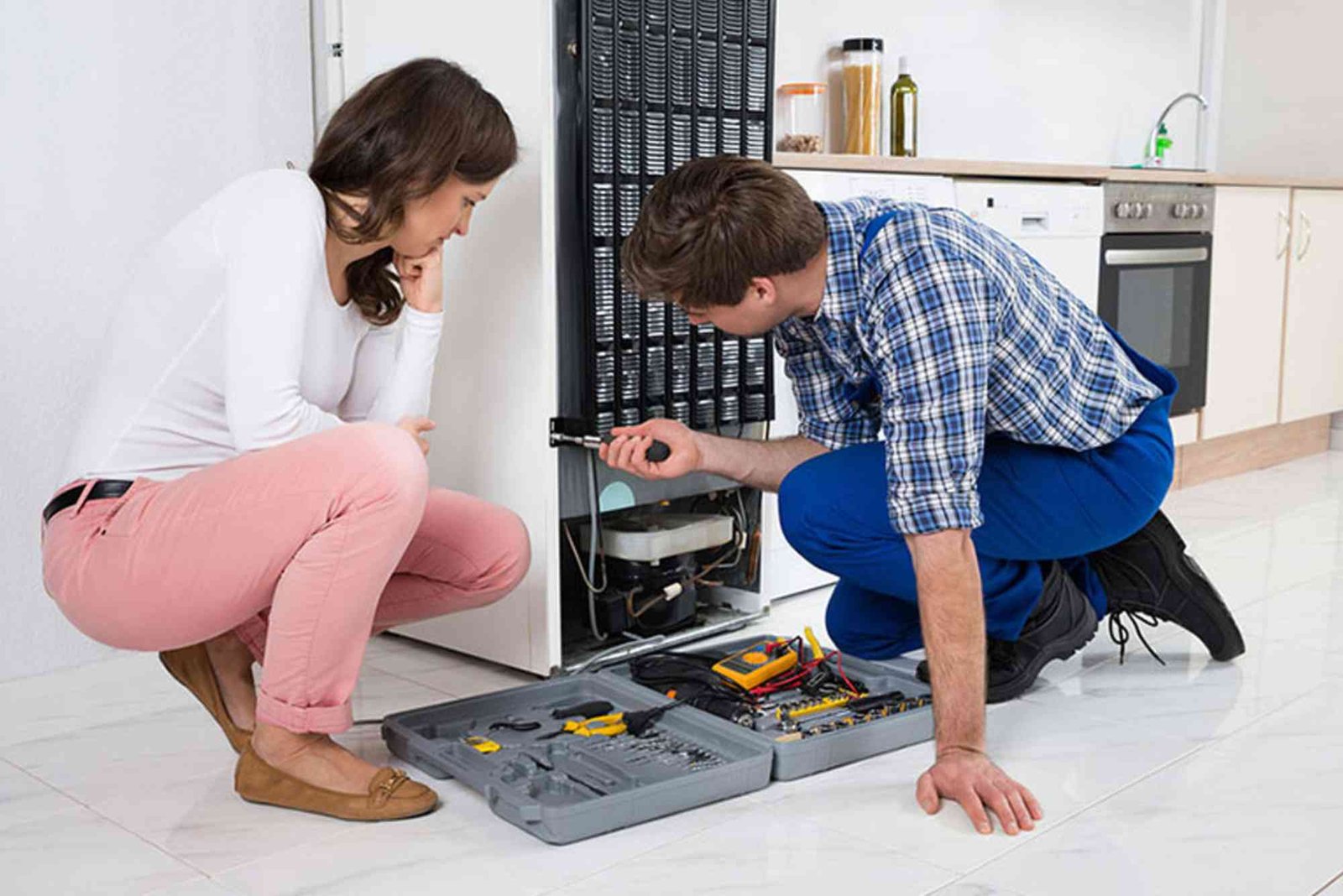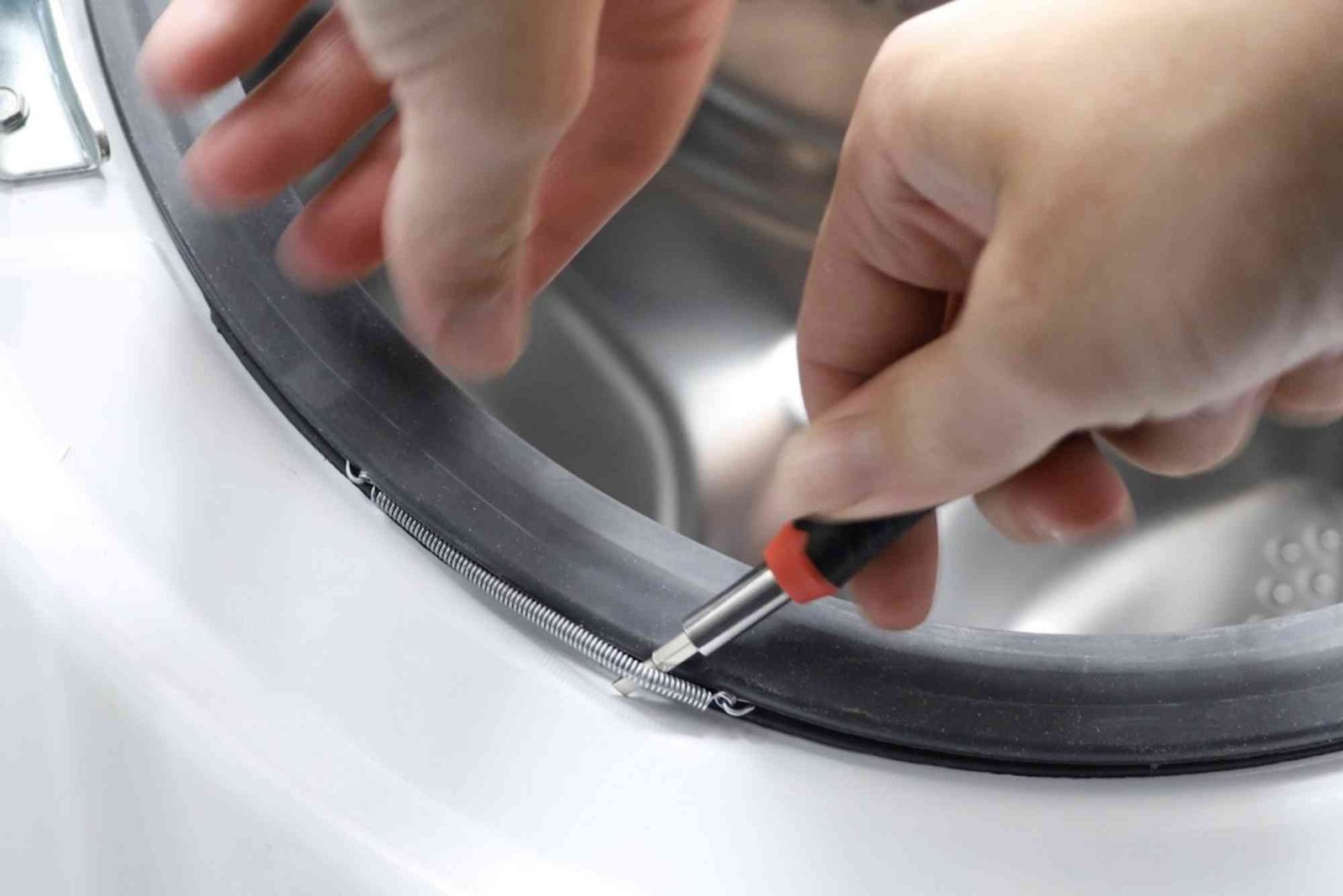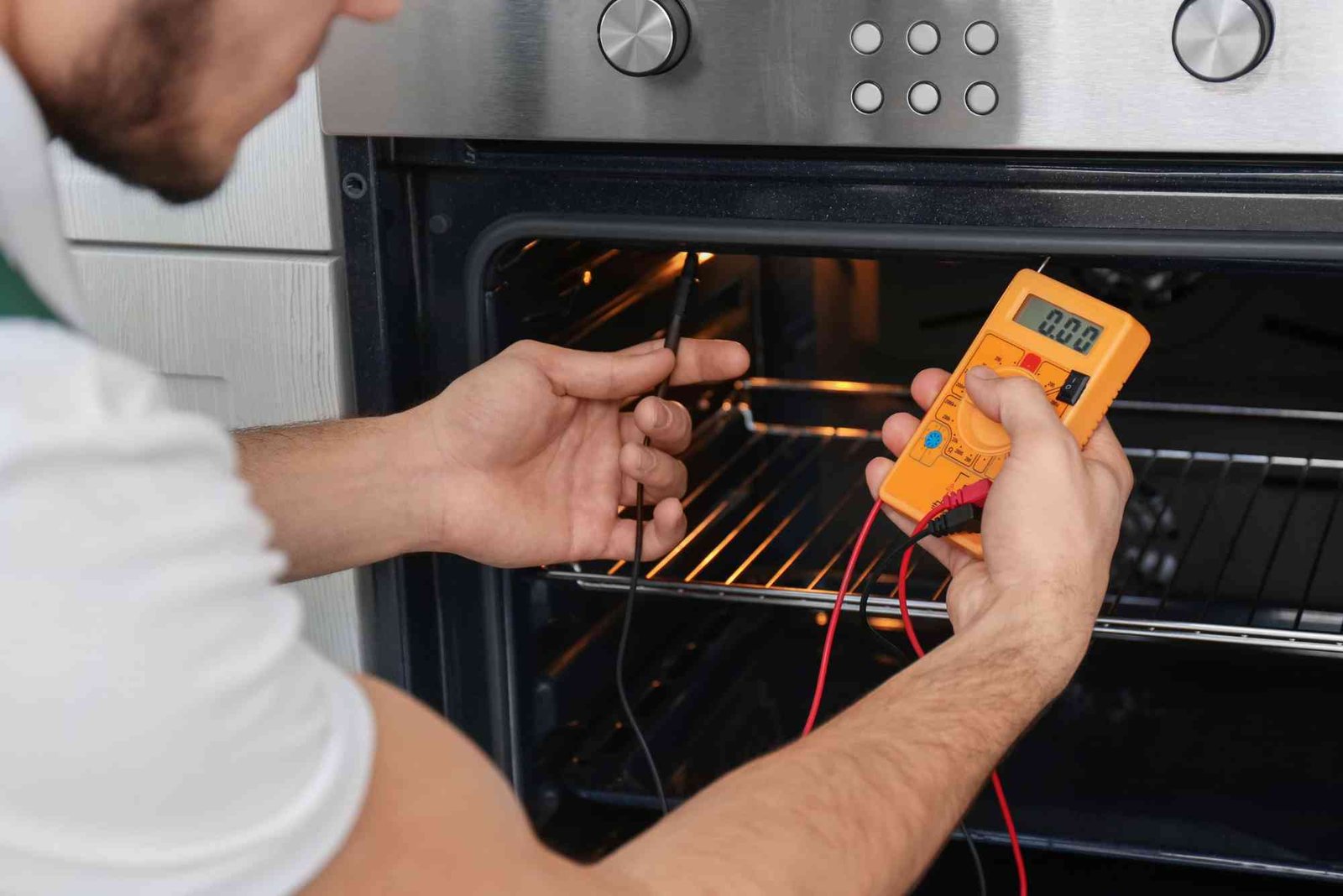Introduction
A malfunctioning refrigerator defrost system can quickly become a household nightmare. When frost builds up inside your freezer or your fridge stops cooling efficiently, it’s often the defrost system that’s to blame. Understanding how to repair refrigerator defrost systems step-by-step for best results not only saves you time and money but also extends the life of your appliance. Whether you’re a DIY enthusiast or simply want to understand what’s happening behind the scenes, this comprehensive guide will walk you through diagnosing, troubleshooting, and fixing defrost system issues like a pro.
Understanding the Refrigerator Defrost System
Before learning how to repair refrigerator defrost systems, it’s essential to understand how the system works. The defrost system prevents ice buildup on the evaporator coils by periodically melting frost that forms during normal operation. It consists of three main parts: the defrost heater, the defrost thermostat, and the defrost timer or control board.
The defrost heater warms the evaporator coils to melt ice. The defrost thermostat monitors the temperature to prevent overheating, while the timer or control board schedules defrost cycles. When any of these components fail, frost accumulates and airflow is blocked, causing the refrigerator to lose its cooling efficiency.
Common Symptoms of Defrost System Failure
Recognizing the signs of defrost system problems helps you identify issues early. Here are the most common indicators:
-
Frost buildup on the back wall of the freezer
-
Refrigerator section not cooling properly
-
Excessive noise from the evaporator fan
-
Water pooling under vegetable drawers
-
Fridge runs constantly or cycles irregularly
If you notice any of these symptoms, it’s time to inspect your defrost system.
How To Repair Refrigerator Defrost Systems
Unplug and Empty the Refrigerator
Safety first. Always unplug your refrigerator before performing any repairs. Remove food and shelves to gain full access to the back panel of the freezer compartment.
Locate the Evaporator Coils
Unscrew and remove the back panel inside the freezer to expose the evaporator coils. If they are covered in frost or ice, your defrost system is not functioning properly. Let the ice melt naturally or use a hairdryer on a low setting to speed up the process. Avoid sharp tools to prevent damaging the coils.
Test the Defrost Heater
Use a multimeter to check the defrost heater for continuity. Disconnect the heater’s wires and place the multimeter probes on the heater terminals. A reading between 20 and 50 ohms indicates the heater is functioning. If there’s no continuity, replace the heater.
Inspect the Defrost Thermostat
The thermostat, also known as the defrost bimetal, is attached to the evaporator coils. It ensures the heater turns off once the frost has melted. Test it for continuity when it’s cold (below 15°F). If it shows no continuity in cold conditions, it needs replacement.
Check the Defrost Timer or Control Board
Older models use mechanical defrost timers, while modern refrigerators use electronic control boards. Rotate the timer manually using a screwdriver until you hear a click. If the heater activates, the timer might be stuck and should be replaced. For electronic control boards, check for visible damage such as burnt marks or disconnected wires.
Replace Faulty Components
If any component fails the tests, replace it with the correct model-specific part. Ensure connections are tight and properly insulated. Always double-check the part number using the refrigerator’s model tag.
Reassemble and Test the Refrigerator
Reattach the back panel, plug in the refrigerator, and monitor the next defrost cycle. You should notice the coils staying frost-free and the temperature stabilizing within 24 hours.
Preventive Maintenance Tips
Keeping your refrigerator defrost system in good shape prevents future breakdowns. Here are a few maintenance tips:
-
Regularly clean vents and coils to maintain airflow.
-
Avoid overpacking the freezer; it restricts circulation.
-
Check door seals for cracks or leaks that allow moisture in.
-
Defrost manually if frost builds up more than ¼ inch thick.
-
Schedule an annual inspection for older refrigerators.
With these preventive steps, you can keep your appliance running efficiently and avoid costly repairs.
When to Call a Professional
While many homeowners successfully repair minor issues themselves, some situations require professional help. If you find electrical damage, burnt wiring, or control board issues, it’s safer to consult a certified technician. Working with electrical components can be hazardous if you lack experience. A professional will diagnose the root cause and perform safe, lasting repairs.
If you’d like a reliable reference for DIY help, you can check out this How To Repair guide that provides additional troubleshooting insights.
Expert Troubleshooting Insights
Sometimes, issues may seem like defrost system failures but stem from other components. For example, if your refrigerator isn’t cooling but the freezer works fine, the problem might be with the evaporator fan motor. Similarly, a faulty temperature sensor or control board may mimic defrost problems. Always start with visual inspection and logical testing before replacing any parts.
If you want more in-depth advice from industry experts, visit this Related article on qubix.ae to explore advanced repair techniques and component replacement strategies.
Environmental Benefits of Timely Defrost Repair
Repairing your defrost system promptly also helps reduce environmental impact. A malfunctioning refrigerator consumes more electricity as it struggles to maintain temperature. Fixing it ensures energy efficiency, reduces your carbon footprint, and prevents premature disposal of appliances. This simple repair decision contributes to sustainability while saving you money on energy bills.
Cost Considerations and Part Replacement
Repairing a refrigerator defrost system is usually affordable compared to buying a new appliance. Defrost heaters cost between $20 and $60, thermostats between $15 and $40, and control boards between $80 and $200. Labor costs depend on your location and technician expertise. Doing the repair yourself can cut expenses by 50% or more. Always purchase genuine replacement parts for long-term reliability.
Safety Precautions During Repair
Safety cannot be overemphasized when dealing with electrical appliances. Always disconnect the refrigerator from the power supply before opening it. Wear insulated gloves, use proper tools, and ensure your work area is dry. Avoid using metal objects to scrape ice from coils, as this can puncture refrigerant lines. If you notice refrigerant leakage, stop immediately and call a professional.
Why Regular Defrost System Maintenance Matters
Routine maintenance prevents a small frost buildup from turning into a full-blown system failure. When coils are clear, the compressor runs efficiently, preserving food freshness and extending appliance life. Regular maintenance also minimizes noise, improves cooling consistency, and helps prevent costly emergency repairs. In short, a well-maintained defrost system keeps your refrigerator performing at its best.
Learning how to repair refrigerator defrost systems step-by-step for best results empowers you to handle one of the most common appliance issues confidently. By understanding the key components, performing basic electrical tests, and replacing faulty parts safely, you can restore your refrigerator’s efficiency and extend its life span. Regular maintenance and careful troubleshooting prevent recurring problems and ensure long-term performance.
If you want more hands-on repair knowledge, check this comprehensive How To Repair Refrigerator guide for expert techniques and detailed visuals. Take control of your home appliance care today—repair smartly, save money, and enjoy a perfectly functioning refrigerator once again.
FAQs
How do I know if my defrost timer is bad?
If your refrigerator isn’t entering or exiting defrost cycles, and the heater never turns on, the timer could be stuck or faulty.
How often should a refrigerator go into defrost mode?
Most modern refrigerators automatically enter defrost mode every 6 to 12 hours, depending on usage and humidity levels.
Can I manually start the defrost cycle?
Yes, many models allow manual initiation of the defrost cycle by turning the defrost timer or pressing a control board button sequence.
Why does frost keep forming after I defrost?
Persistent frost buildup usually indicates a malfunctioning heater, thermostat, or a broken door gasket allowing moist air inside.
Is it worth repairing the defrost system on an old refrigerator?
Yes, especially if your fridge is under 10 years old and otherwise functions well. Replacement parts are inexpensive compared to buying a new unit.
Can I use hot water to melt frost faster?
You can place bowls of hot water in the freezer to speed up melting, but never pour water directly on coils.




